Turning your gardening hobby into a business isn’t as intimidating as it sounds. With market gardening, you can use love for gardening as fertilizer for a lucrative business–the sort of work that doesn’t feel like work!
With no heavy expenditure on machines or chemicals, money-making here is more a bonus to your passion and hard work.
And if you want to switch to an agricultural lifestyle, market gardening is a natural stepping stone to this transition.
In this definitive guide, we will help you gear up for setting up your market garden.
From helping you understand what a market garden is to choosing markets–we will walk you through all you need to know about market gardening.
So, march out and get ready to grow some money in your garden!
What Is Market Gardening?
Market gardening is usually done in small areas of land to cultivate a variety of crops, flowers and fruits for commercial purposes.
When you’re getting started, your land area can be as small as one acre, but you can also expand it gradually.
Market gardening is more intensive and a more significant endeavor than a home garden but certainly lesser than large-scale agriculture.
You may think of it as a small venture, which is why it does not need heavy machinery, pesticides, and chemicals.
What it does require is manual labor at a pretty intense level. Even so, you will enjoy it if you love gardening.
You don’t need to be a professional farmer or to have formal education in farming to start your market garden.
A quick look at the history of market gardening shows how it’s a revert to the earlier model of agricultural subsistence.
The History of Market Gardening
From the 13th century, vegetable plots were expanded into vegetable gardens to meet the needs of the growing population.
Explorations with sea voyages in the 16th century introduced new edible plants to Europe. Vegetable gardens or market gardening then rose to prominence.
Fact: Ornamental gardens were even converted to vegetable gardens in Paris during this time.
The industrialization of the 19th century mechanized agriculture and brought radical changes. It increased in the 20th century with the continually growing population.
What followed was a boost in competition, the introduction of intermediaries and a rise in the use of fertilizers, pesticides and machinery.
But now changes in dietary habits and climate concerns are making market gardening a viable option again.
The takeaway: Market gardening fulfills the rising demand for healthy, organic products. In fact, it is a literal example of how health is wealth!
What Can You Grow with Market Gardening?
Setting up a market garden means that you have to plan what you will grow. The crops or the vegetables you grow in your home garden depend on your preferences.
Since a market garden serves the local market, many factors can influence your choice of crops. But this doesn’t mean that you can’t grow what you want to grow.
For your market garden to thrive, you don’t need to delve into a portal of intricate knowledge– you just need to make the right choice of crops.
This depends on the conditions and preferences of your local market.
The profit returns, popularity, and the growing space for each crop are some of the factors that you have to keep in mind.
The best thing about market gardening is that you can grow a variety of crops.
Tip: Try to avoid crops that overpopulate the market and which are already supplied by large farms.
We will talk about this more in detail in the later sections of this article. For now, let us explore what you can grow in your market garden.
1. Mushrooms
Mushrooms are comfortable companions to kickstart your way into market gardening. They usually take up small spaces, are affordable to grow and yield high profits.
Don’t worry about suitable weather conditions. You can grow mushrooms indoors in bags with the right mushroom kits.
This gives you the chance to regulate temperature, humidity, and light according to their needs.
Good to know: Mushrooms have a short crop cycle of six weeks–they grow very fast.
Gourmet mushrooms like oyster and shiitake mushrooms are popular in restaurants, among chefs and in specialty food stores.
You may want to opt for these since button and Portobello mushrooms have flooded the markets with their industrial suppliers.
Tip: Use straw or sawdust as a sterilized substrate to prevent contamination from the spores of wild mushrooms.
2. Lavender
This beautiful bluish-purple plant is not just pleasing to the sight and smell but is a highly profitable plant when it comes to market gardening.
You can go easy on the pocket when it comes to cultivating lavender.
Tip: Lavenders don’t usually need fertilizers and irrigation. New lavender plants can be grown from the cuttings of the older ones. Not only this, you can profit from this plant all year round.
Whether fresh or dry, you can sell it easily to florists. You can use fresh flowers of lavender to make essential oils. This plant is easy to dry.
Use dried lavender to make ornate flower bouquets, beautiful wreaths, potpourri and other pieces of home decor.
After all, who doesn’t desire to fill their houses with the beauty and fragrance of lavender?
Other than that, you can use lavender to make countless value-added products ranging from essential oils, aromatherapy products, skincare products to herbal tea and even put it to medicinal and therapeutic use.
Growing this herb is extremely cost-effective, especially when you take into account its multifaceted value in various areas. Dearly loved by many, lavender will not only adorn your garden but enrich your life too!
Tip: While easy to grow, lavender needs a well-drained soil to thrive.
3. Bamboo
This cool hardy plant is widely cherished both for its low maintenance as well as its versatility like lavender.
Some species of bamboo can survive winters even when the temperature drops below the freezing point.
Fact: Your new bamboo plant will shoot up to its full height in just 8 to 10 weeks. However, it takes 3 to 5 years for a bamboo plant to reach its full maturity.
Other than this, you don’t have to replant it every year. As a type of grass, you will see it snowball and grow back on its own too.
Bamboo produces its own antibacterial compounds. This is great news – it means you rarely need to use pesticides for bamboo plants.
Standing impressively in decorative pots, bamboo is very popular as a landscaping plant.
From cooking bamboo shoots to using bamboo for making hedge, screens, furniture, kitchenware, flooring and now as textile and fabric–it comes as no surprise that the demand for bamboo is only continuously growing.
4. Ginseng
Ginseng is best known for its medicinal value. The two main types of ginseng are–Korean ginseng (Panax ginseng) and American ginseng (Panax quinquefolius).
You can find it in the wild of the Northern and Eastern United States.
Growing ginseng on a small scale will cost you a little or nothing. You can grow ginseng in your garden.
But it’s better if you grow it under forest cover since wild grown or wild-simulated ginseng is highly popular.
Tip: Wild grown ginseng has also become rare, which has increased its demand. Ginseng is a long-term investment as mature ginseng roots can only be harvested after six years.
But growers also sell younger “rootlets” of ginseng which also fetches them a substantial income in the market.
Except for a few hours a week, you don’t need to spend a lot of time looking after your ginseng.
Growing in a small space herb garden, this herb generates a pretty good income. Seed production in the third year may be small, but it increases with the growing years.
Ginseng is also used in Asian cuisine and for herbal tea and energy drinks. This will give you a chance to venture into new sectors.
Its increasing rarity and high demand only predict a further rise in its price in the market.
5. Saffron
Saffron is not known as the “red gold” for no reason. It’s one of the most valuable and most expensive spices.
Saffron comes from the fiery red stigmas of the crocus plant. Each flower produces only a small quantity of saffron. But a large number of flowers can be grown in a small space.
This crop is easy to grow. It doesn’t require much except for light, well-drained, sandy soil. Warm and dry summers and falls favor its growth. But a little rain won’t cause any harm.
Tip: You can use the whole of the crocus flower. Use petals for decoration like potpourri and DIY cosmetics.
You can use the bulb of this flower to expand production or sell it to other farmers.
Saffron is widely known for its flavour and color, medicinal value and even as a permanent dye. Its steep prices in the market make saffron a highly lucrative crop that can bloom your market gardening project.
6. Microgreens
Microgreens offer you an affordable start to market gardening. Plus, you don’t need gardening experience or space to cultivate your microgreens. These plants even mature very quickly, in about 10-20 days.
You can grow many different and exotic varieties of microgreens. But it’s best to grow common ones you can cultivate from sunflower, radish, basil, arugula, or pea shoots.
Microgreens are readily marketable, especially when your customers are familiar with it.
Tip: It is easy to grow microgreens. You can place some soil in a tray and raise them or try to grow them hydroponically.
In fact, you can start small with microgreens and later shelve them if you want to expand. You can also grow them both indoors and outdoors.
Healthy, organic food has risen in demand which is why microgreens have slipped into the food trend and have become one of the most profitable plants.
Warning: Be careful not to store microgreens for a long time. They are best when sold fresh.
7. Heirloom Tomatoes
You can always grow common plants in your market garden. But you might find that the market is already stuffed by what you want to grow.
Well, play it smart and try to stand out by selling a different variety of the same plant.
In this case, heirloom tomatoes are a highly profitable means of distinguishing yourself.
Good to know: Their different colors and wrinkled surface prove to be quite eye-catching. Each heirloom tomato stands unique in terms of color, taste and flavor.
This makes them popular among the customers as compared to the standard tomatoes found in the supermarket.
These tomatoes sell at a price double than that of mainstream tomatoes. Place them in hoop houses to get a higher yield.
Costoluto Genovese, Brandywine, Green Zebra, Stupice, Black From Tula are some of the varieties that you can try.
They mature quickly in about 60-90 days and are a growing favourite among customers. Costoluto Genovese, with its meaty taste, makes for a splendid pasta sauce.
Warning: Their thin skin makes heirloom tomatoes quite unfit for transportation over long distances and extended storage.
8. Salad Mix
Lettuce, cabbage, kale, swiss chard, spinach are some well-known salad greens. You can sell these individually or create a salad mix of your own.
Salad mix has gained much popularity in the market. After harvest, you can assort them according to the needs of your customers, the varieties you grow and different seasons.
Tip: Including mache, Asian greens in your mix will gain you much favour. Selling salad mixes gives you the liberty of using your creativity.
You can even add some edible flowers like pansies, pea blossoms, bachelor’s button or cornflower, tulip petals, borage, beebalm, violet, and hibiscus.
Greens don’t take long to be ready for harvest. It usually takes only a few weeks. You can use a lightweight row cover to protect the cabbages from flea beetles and other pests.
You can even create little mixes for stir-fry and sautés to complement your salad mix. If you grow microgreens, you can add them to your mix as well.
Restaurants (mostly Asian and Southern), supermarkets, wholesale sellers are your markets for these mixes.
9. Cut Flowers
Sitting by the window, watching your flowers bob their pretty heads in your garden, you don’t know yet, but you’re already a small entrepreneur.
Cut flowers are one of the best options for a novice market gardener.
Flowers are neither very demanding nor very expensive. Many flowers don’t need specific growing conditions. Except for your basic gardening tools and seeds you won’t need anything more.
The turnouts from flowers don’t take long. Plus, they generate a pretty good income throughout the growing season.
You can grow flowers on a part-time basis or a full-time basis or even along with your veggies.
To charm your customers, you can sell them in pretty bunches and bouquets or individually too.
Find different markets to sell your flowers. You can sell them directly to florists, wholesale markets, roadside stands, or farm markets.
Tip: As a local grower, you can pick up flowers that are not well suited for travel. With these “specialty cut flowers,” you can create your niche in the market.
Sunflowers, dahlia, peonies, lisianthus, ageratum, and zinnia are some flowers you can look into for this.
Other profitable flowers are–yarrow, ageratum, larkspur, salvia, scabiosa, and snapdragon. Growing multiple varieties of these flowers will make for an abundant flow of income.
10. Woody Ornamentals
Woody ornamentals present themselves as a lucrative offer not only because of its increasing demand but also because they don’t require any tedious care.
For market gardening, choose those species which don’t take up a lot of space. But be careful to choose those that produce ample stems for you to earn profit.
Your woodies can provide you with continuous income throughout the year. You only have to play around with different species.
Tip: Beautyberry (Callicarpa Americana), weigela (Weigelia florida), hydrangea, and forsythia (Forsythia x intermedia), are some species you can make a good start with.
Compact varieties, dwarf varieties, and garden height woodies are good choices. Boxwood hedges too are popular.
But a mix-match of colors and textures, like the new color varieties of hydrangea, the bright colors of rhododendrons are sure to attract customers.
Tip: Weed management is a special concern when it comes to planting woodies. Using a landscape fabric to cover the ground and layering the fabric with organic mulch is a great way to manage this problem.
How to Start a Market Garden in 10 Simple Steps
In this section, we will try to make market gardening easy for you by breaking it into ten simple steps.
Step 1 – Find the Right Land

This is the first step when it comes to market gardening. You would want to find land on a permanent or long-term basis.
When it comes to getting land for yourself, you will have to be wary of many factors that come along with it.
The cost of the land, the size of the land, what is the land suitable for growing, and the availability of water are essential things to consider.
Along with this, the proximity of the land to where you live matters a lot. You surely don’t want to be already tired before you even start work.
Step 2 – Do Your Research

You cannot do business without conducting thorough research.
Before you choose your plants, you have to know the market demand for the products you’re planning to sell.
Have a chat with the farmers at the local farmer’s market to evaluate the market.
Research of the market will also tell you what you can add to the market to draw customers.
As in the case of heirloom tomatoes that we have mentioned above, they become more attractive products than the standard tomatoes.
Outlining potential customers is a good strategy. To serve your customers better, you have to be well-informed about the services your competitors provide.
This will also give you a chance to fulfill any customer demand or desire that has so long been left unfulfilled.
Step 3 – Plan What to Grow
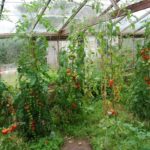
Your choice of crops should depend not only on personal preference. It should depend on market demand, customer preference, and soil fertility.
When you choose your crops or flowers, it is better to assess the cost of growing them and the profit you can earn with each harvest.
While some crops and flowers are affordable, some require extensive care, labor, and expense only to generate adequate profits.
Market gardening usually implies a small area of land. Choosing crops and flowers which don’t require much growing space but still generate abundant produce is a bankable idea.
Step 4 – Set a Production Schedule

Market gardening means that you are producing for customers.
To ensure a continuous flow of income, you first need to confirm a continuous production. For this, it’s essential to plan a production schedule for your crops.
Plan your production schedule by taking into account what you intend to plant, the number of days your crop will require to reach maturity, and when you plan to take your produce to the market.
You will know when to start planting, which is usually according to the last spring frost date and the first fall date, which plants will be available for seasonal production, and which plants will be available all season.
The primary goal of having a production schedule is to enable the smooth running of your garden production and meet market requirements at the same time.
Step 5 – Sort Out Labor and Equipment

Market gardening is dependent on manual labor. But the size of your land, the crops you grow decides the requirement of external labor.
You may need the help of external labor if you expand your production.
But if you decide not to use any external help, then you have to plan your production. If you are a newbie in market gardening, then it’s advisable to start by being economical.
Reducing your dependence on external labor is a good way of cutting down start-up costs.
If you’re just starting out, you can use basic gardening tools like shovel, hand trowel, spade, rake, and hoe.
You can use equipment like precision seeders, wheel hoes, etc., to increase efficiency.
Drip irrigation and trickle irrigation are very popular among farmers. Market gardening usually doesn’t require any heavy machinery. This raises the possibility of doing well, even with a small start.
Step 6 – Increase Productivity

Market gardening is based on the understanding that it offers healthy, fresh, organic products.
So, however you choose to increase productivity, it has to be done naturally.
Soil fertility is a prerequisite to this. Instead of using fertilizers, you can use organic compost made from poultry manure, green manure, yard waste, coffee grounds, and so on.
Adding a layer of mulch helps with soil fertility as well as reducing the growth of weed.
Row covers, low tunnels, hoop houses offer protection to the crops from both scorching heat and the biting cold snow.
They are even durable enough to withstand blizzards.
Growing conditions can be regulated, which means that crops will be available even when they are out of season.
Step 7 – Record Keeping

Keeping a record of the crops you plant, where and when you plant, and a record of the harvest is crucial to determining the flow of your business.
It is helpful in pest management and monitoring the labor and equipment required.
Not only this, it serves as the basis on which you can tally and decide which crops are rewarding and which aren’t.
Step 8 – Harvest

Your produce is fully ready once it is harvested. Intense labor is required when it comes to harvesting.
You can try to make this process less cumbersome and more efficient by using simple hand drill powered mechanical harvesters and secateurs.
Step 9 – Cleaning, Packing, and Storing

Quality is prime when it comes to market gardening. This is what differentiates it from large scale production. Make sure to clean your produce thoroughly.
Wash it under running water, in clean bowls. You may need a scrub brush in case of plants with a tough outer layer.
Walk-in coolers or refrigerators, high-quality bins instead of plastic and mesh bags prove to be great for storage purposes.
A neat and attractive packaging appeals to customers. With this, you are all set to drive off to the market.
Step 10 – Choose Your Market

With market gardening, you will mainly be selling fresh produce. You can find many avenues to sell your produce directly.
You can start off by selling in farmer’s markets. Here, you will even be able to secure customers for yourself.
Tailgate marketing, roadside stands, and on-farm stands can also be successful.
Forming relations with chefs in restaurants will reap many benefits. You can find steady customers in restaurants and even grocery stores.
Development of different marketing strategies for market gardeners like subscription marketing (for example, CSAs), food circles have also been instrumental.
Where Can Market Gardeners Sell Goods?
When it comes to market gardening, you can strike off industry, transport, retailers, intermediaries, and middlemen.
The greatest advantage of market gardening lies in the fact that it gives you the chance to sell directly.
Direct Selling
With direct selling, you can earn more than you would otherwise.
Farmer’s markets, making deliveries, roadside or on-farm stands, grocery stores and restaurants are a few options for direct selling.
Local Farmer Markets
Your local farmer’s markets are the best place to sell when you have just entered the world of market gardening.
Such markets are already bustling with customers. If you want to lure restaurants and stores, make your packaging look attractive and clean.
Whole Markets
When it comes to selling to schools, grocery stores and restaurants, keep in mind that you are selling it in wholesale.
Selling to wholesale markets saves you the labor and time that you have to spend in farm markets and roadside stands.
Other Markets
Many more different avenues have emerged for market gardeners. New initiatives like CSAs (Community Supported Agriculture), U-pick operations, and food circles have come up to support market gardeners.
Add this to the burgeoning trend for healthy, organic food, and you are good to go as a market gardener!
Note: Market gardening is more profitable than selling to wholesale markets since you can sell directly to your customers.
Best Market Gardening Books
Looking for more information on starting out as a market gardener? Check out the books below. They can be an useful read!
Market Gardening Commonly Asked Questions
Let’s go through some frequently asked questions to clear any doubts you may have about market gardening.
What is a market gardener?

Just about anyone with a love for gardening and a plot of land can be a market gardener.
A market gardener is someone who grows vegetables, fruits, and flowers on a small scale for commercial purposes.
Are market gardens profitable?

With the right choice of crops and flowers and the direct selling that market gardening offers, you can earn a substantial income from your market garden. Also, don’t forget that it’s a cost-effective enterprise.
What are the characteristics of market gardening?
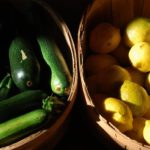
Market gardening involves small-scale production and direct selling of fresh vegetables, fruits, and plants. But there’s more to it!
It’s economically affordable too since you don’t have to use heavy machinery and chemicals. Besides, it’s low cost and also comes with health and climate benefits.
How do I start a market garden?

While you may not need many things to turn your hand at market gardening, you don’t want to get off on the wrong foot too. Check our market gardening guide for tips.
Be sure to bet on the right horse when it comes to choosing what you want to grow. Good market research will help you understand the demands of the market and what you can add to it.
Planning and scheduling your production is crucial when you are selling. Apart from this, choose your market depending on what you produce.
A Love That Reaps
With market gardening, you can go back to the cliché “If you do what you love, you’ll never work a day in your life.”— plus this love pays you well!
If you always wanted to start a business but were hesitant to do it, you have stepped into the right field.
Whether you want to start small or expand slowly, market gardening can be an inspired choice!
Don’t be led by any romanticization of market gardening, though. After reading this article, we can agree that it can be as toilsome as it is rewarding.
The richer your love, the richer the profits you can garner because it is an intensive process.
Now, that you are equipped with the necessary know-how of market gardening —wait, what’s that sound? That’s your rototiller already tilling your future!
If you have any more questions about market gardening, leave them in the section below! We’d be happy to answer them.
Plant your crops well!

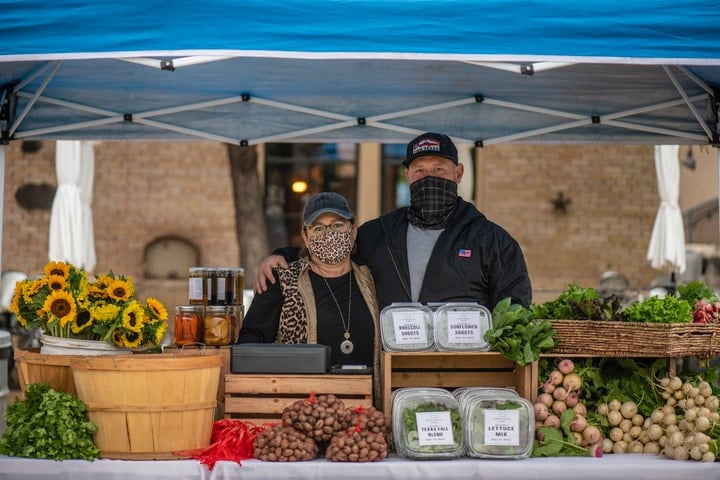
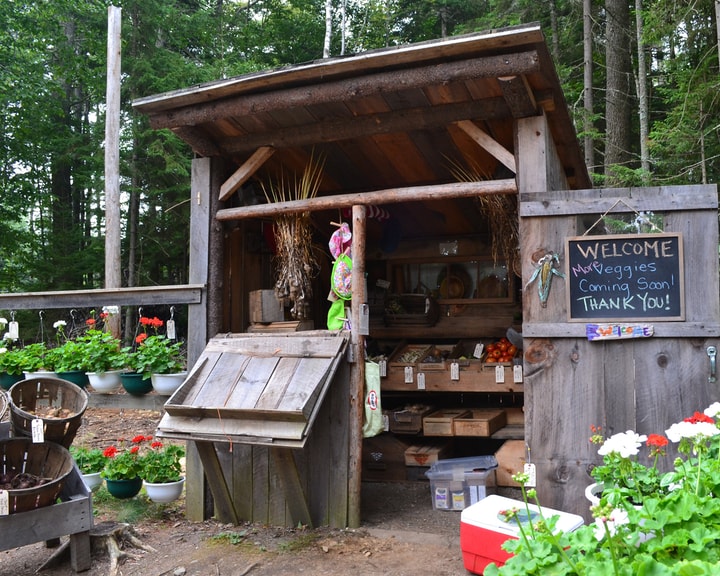
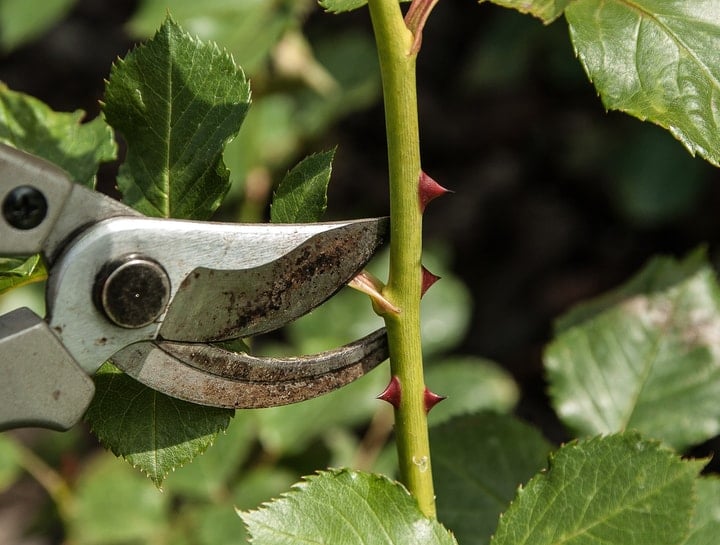

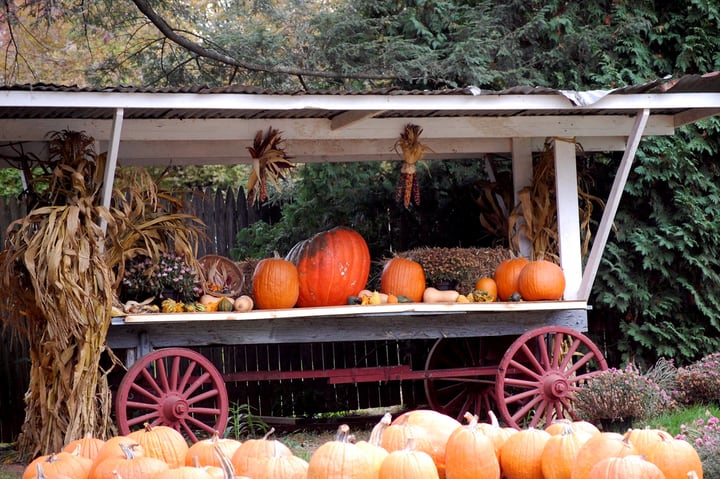
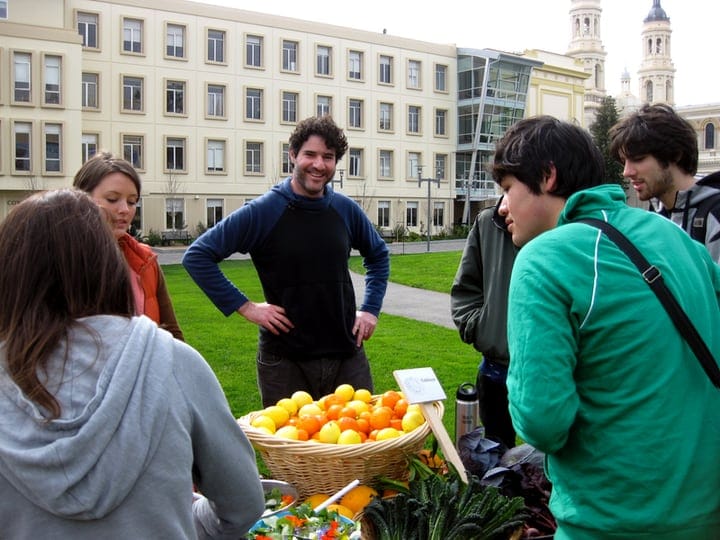
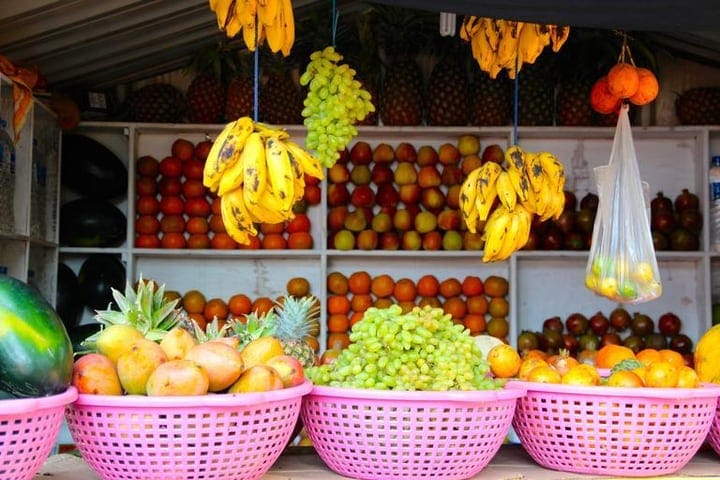
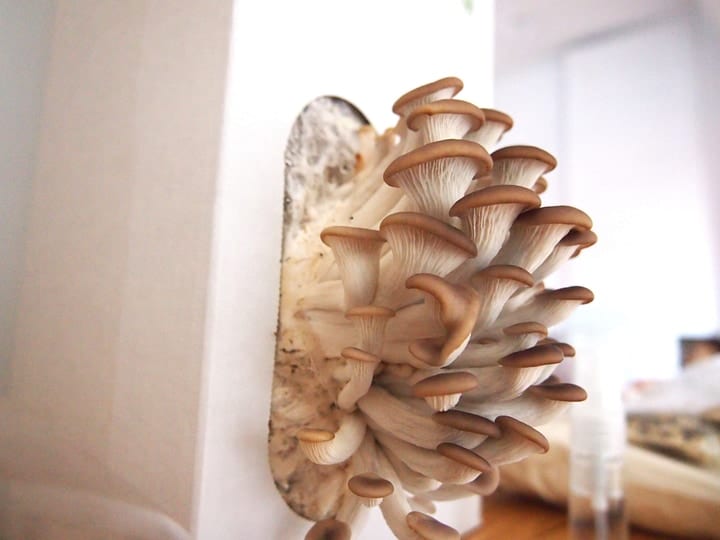
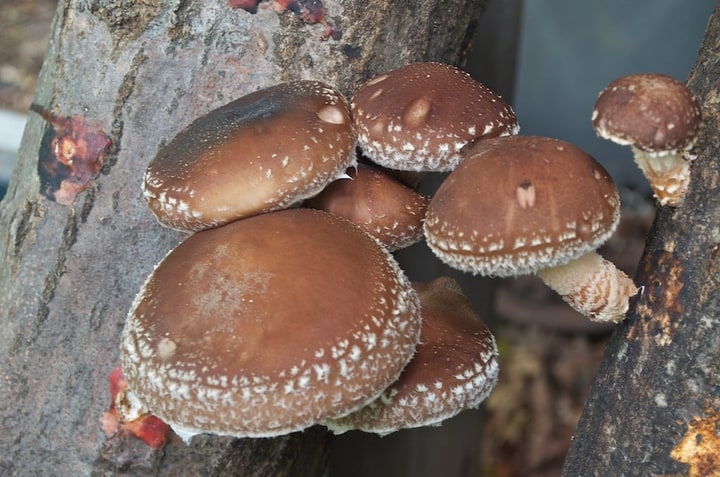
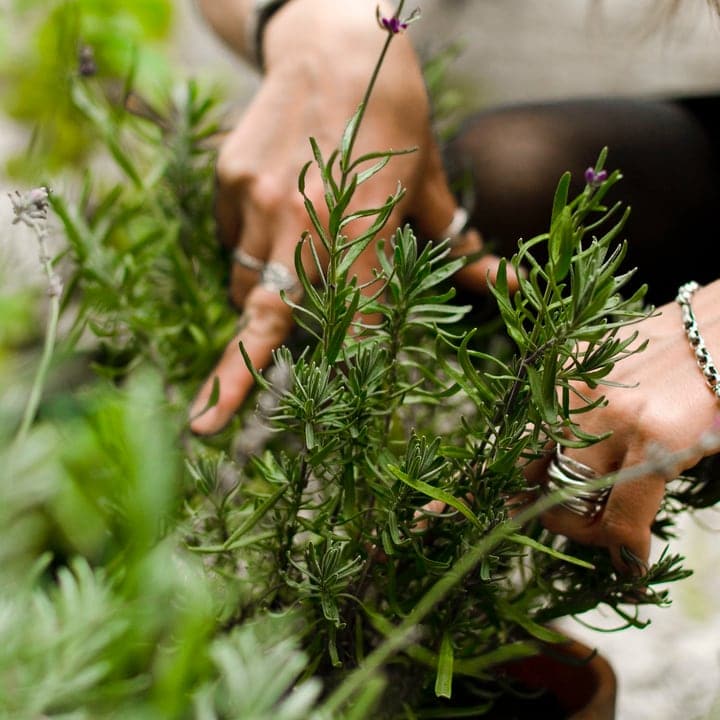
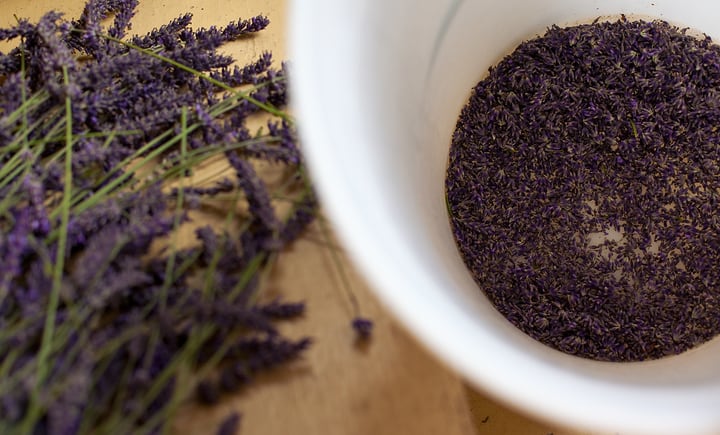
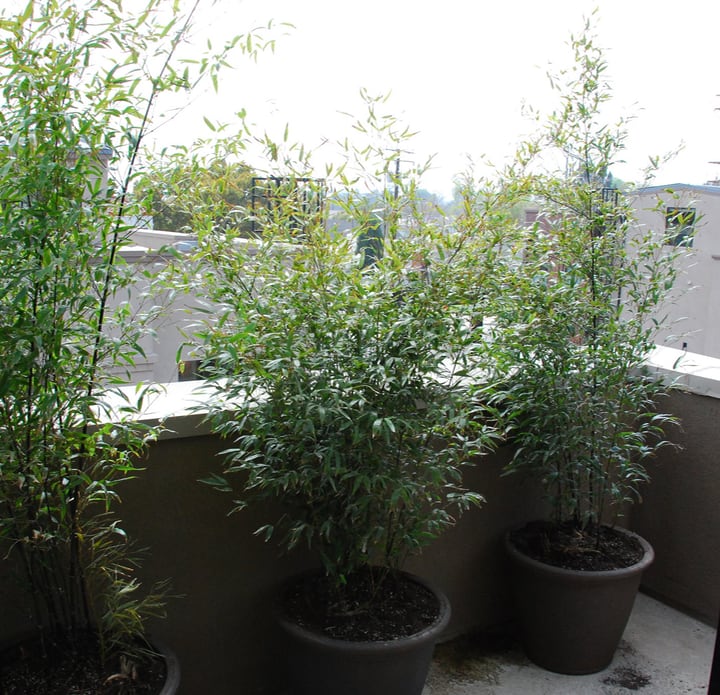

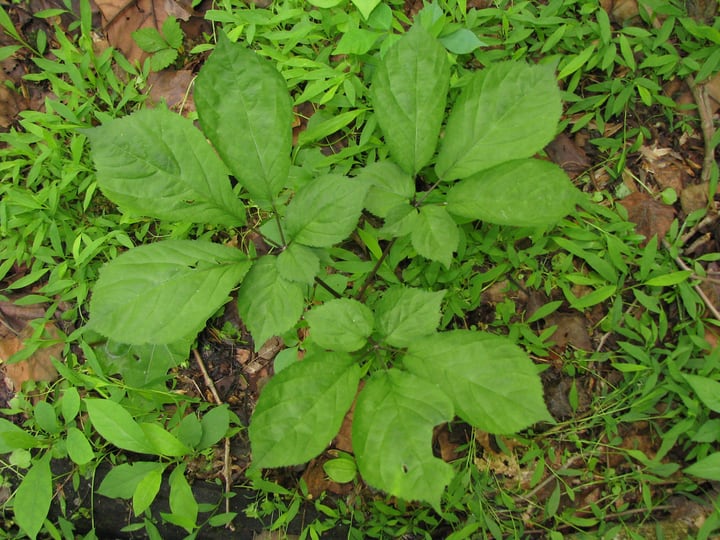
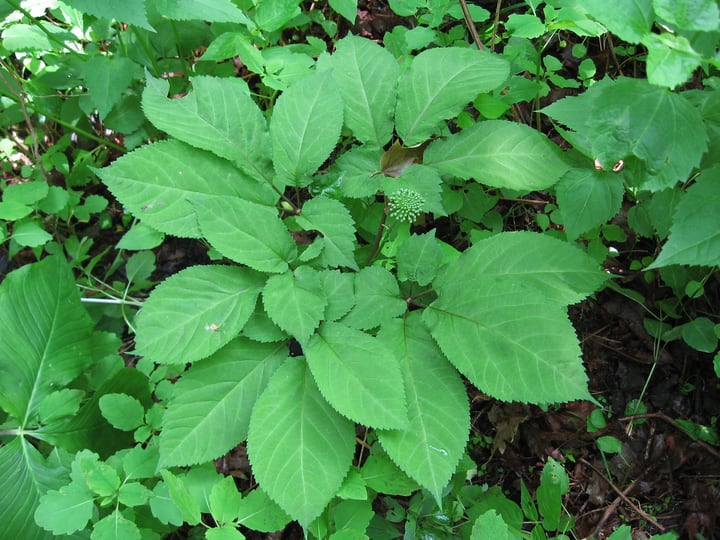

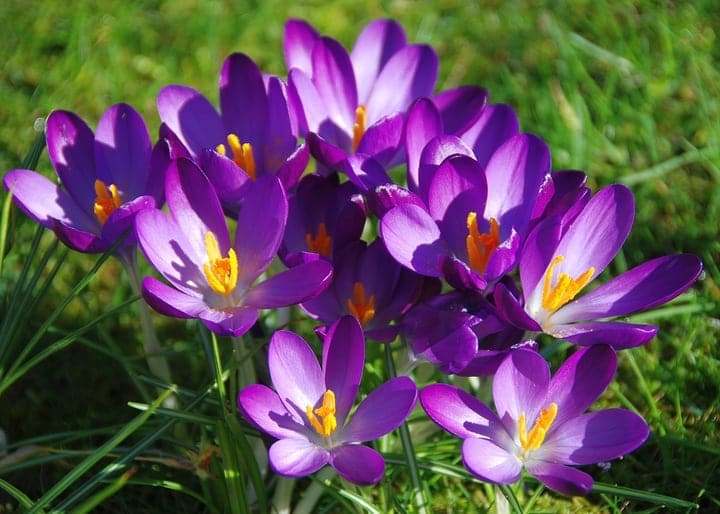
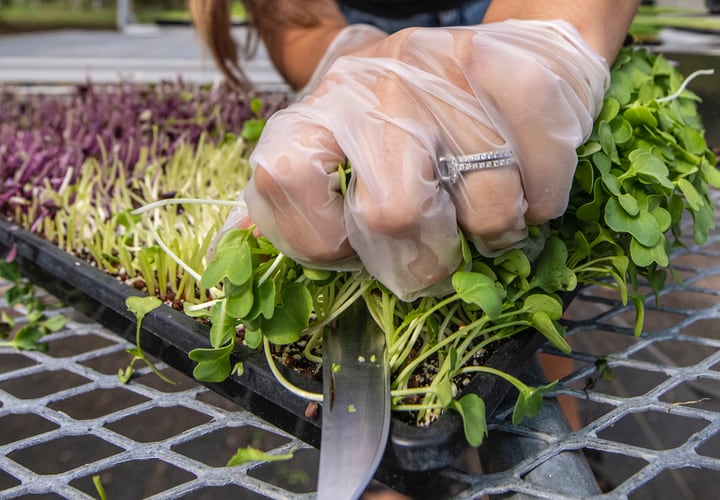
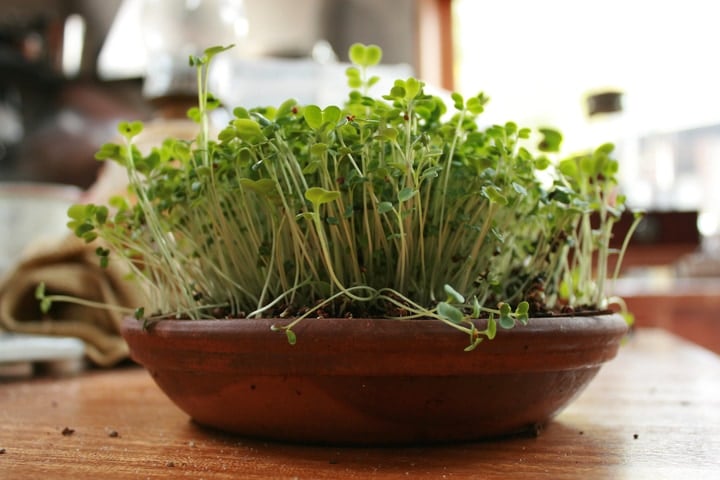
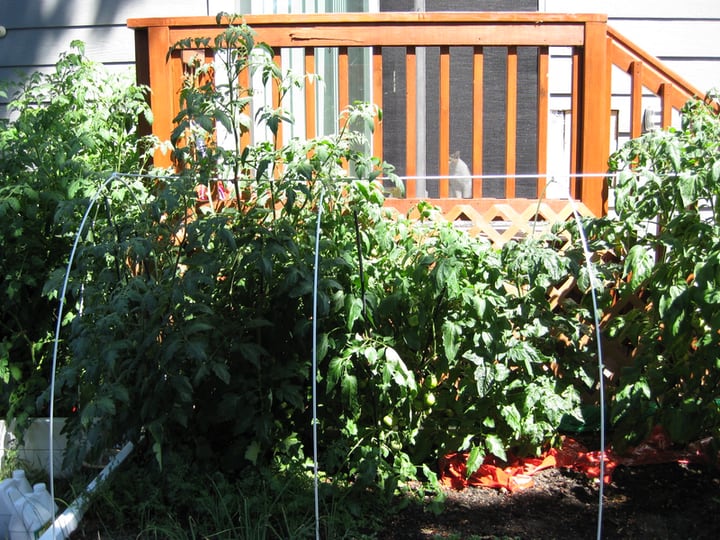

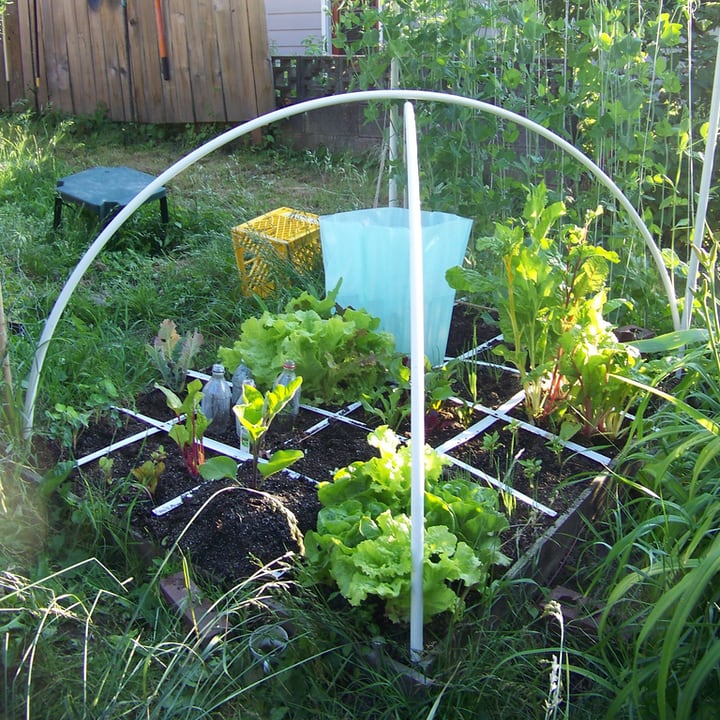
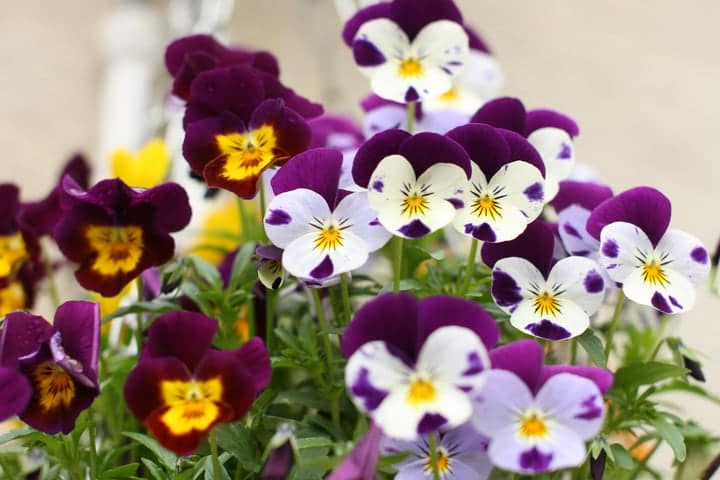

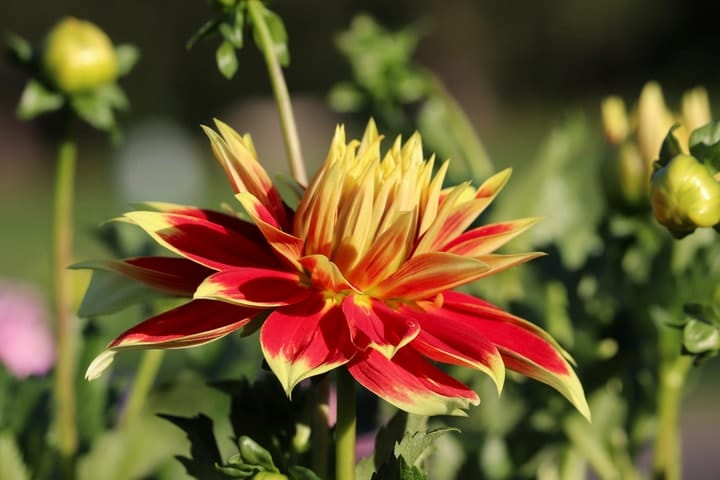
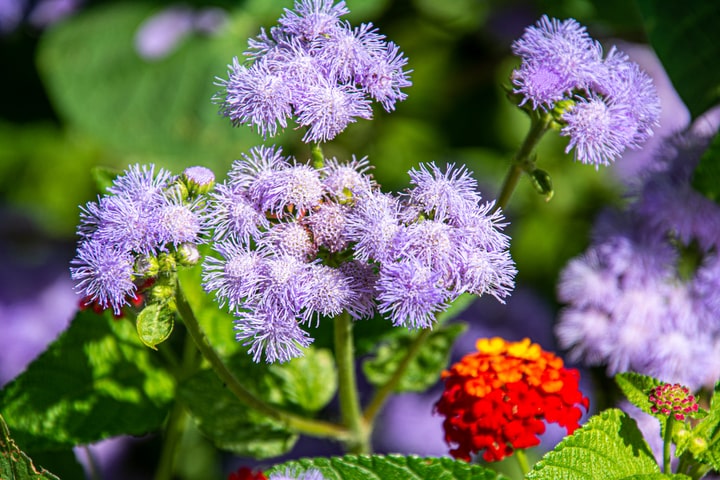
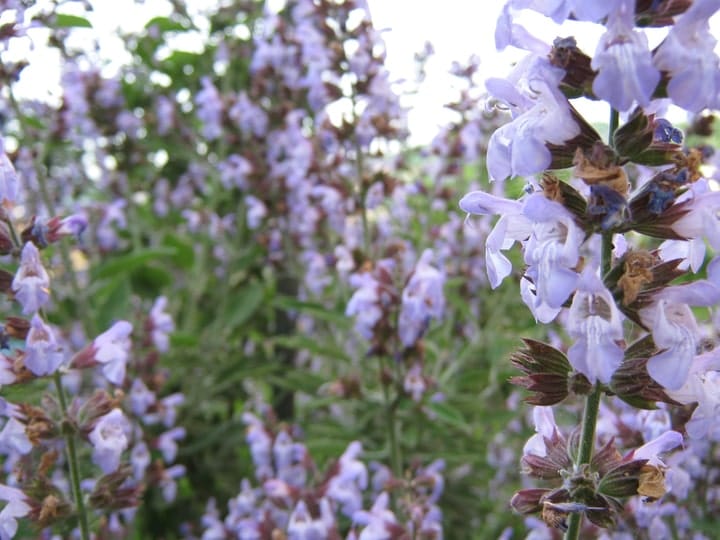

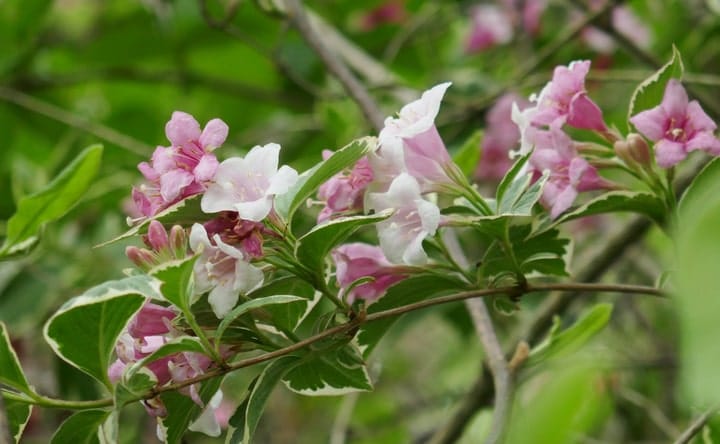
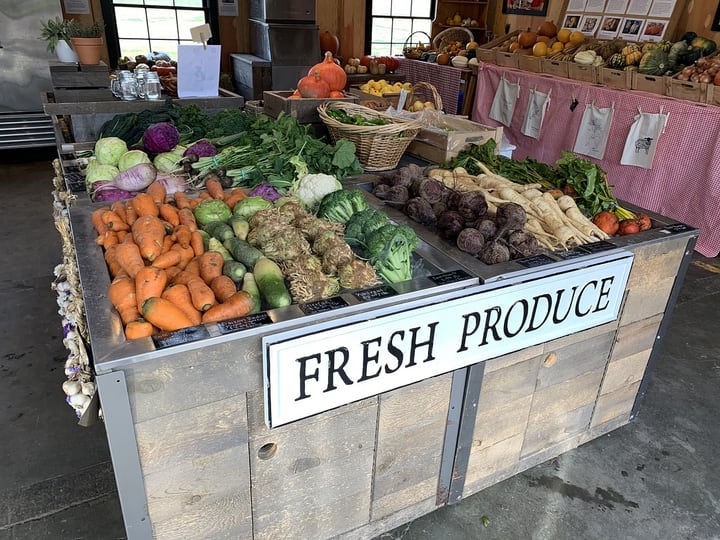
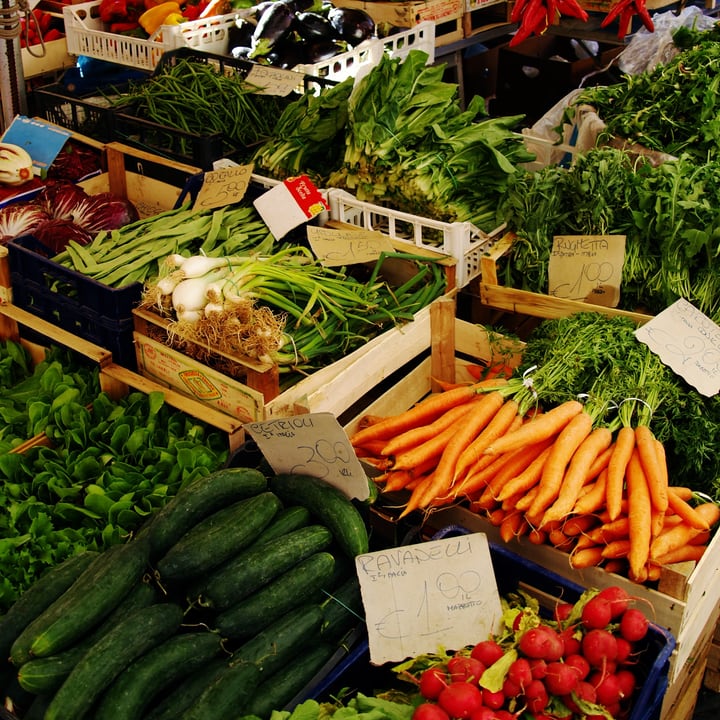
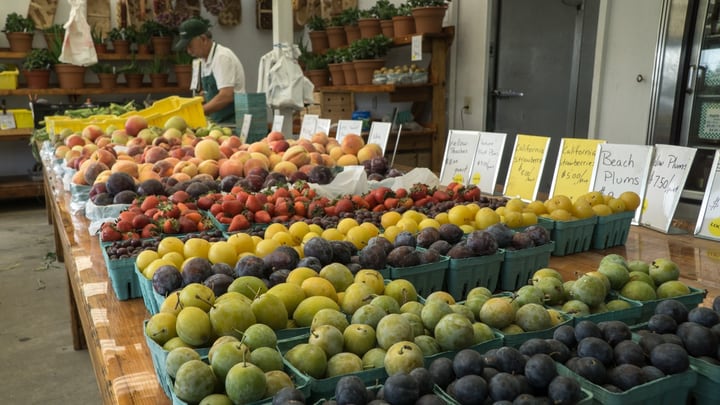
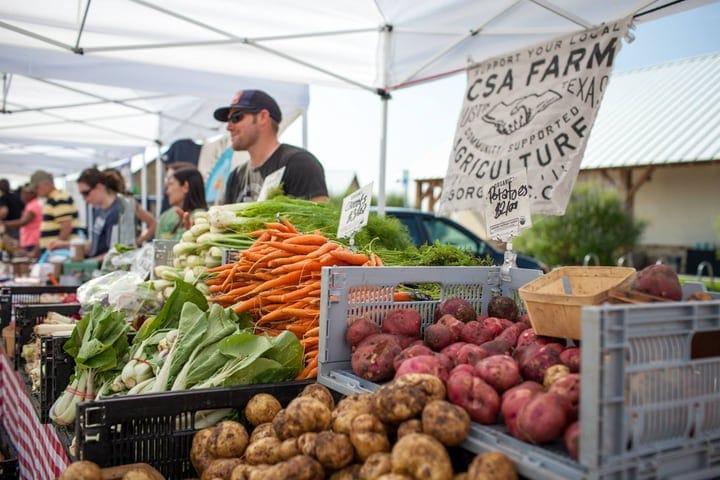
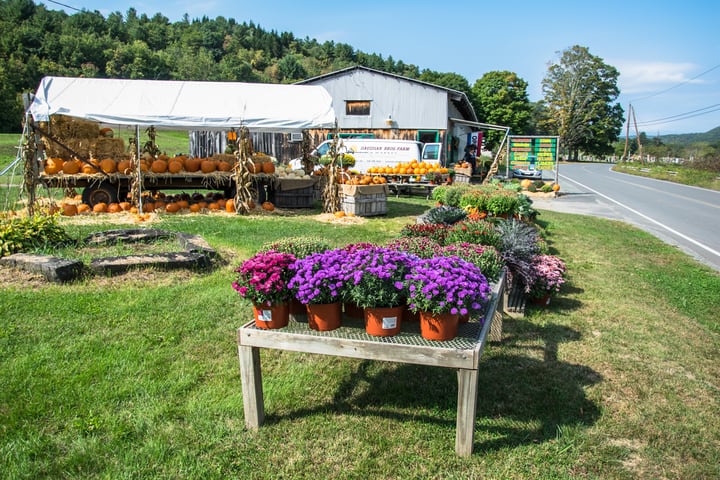
Leave a Reply